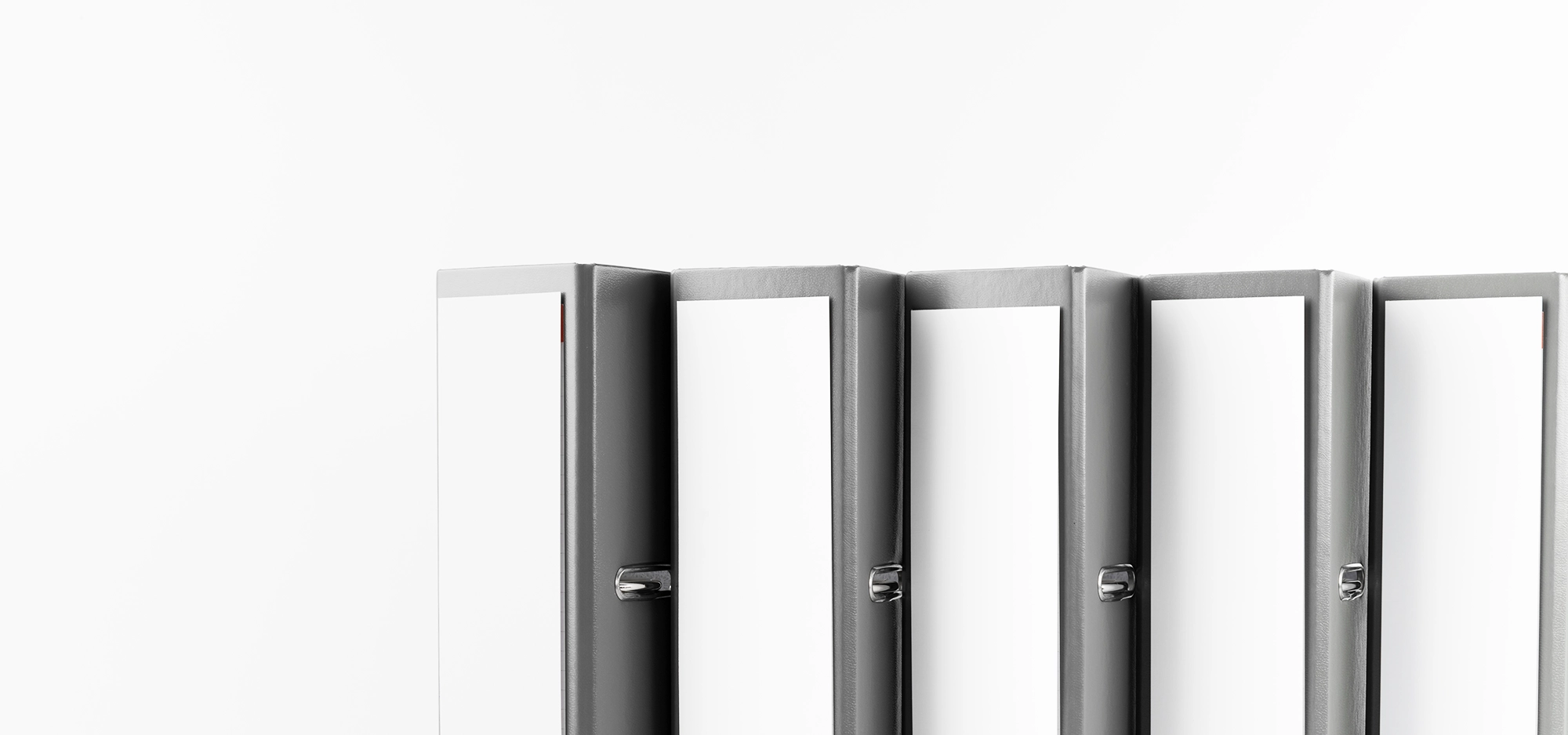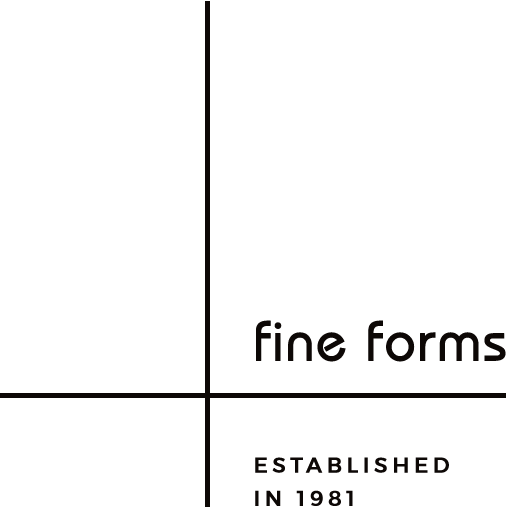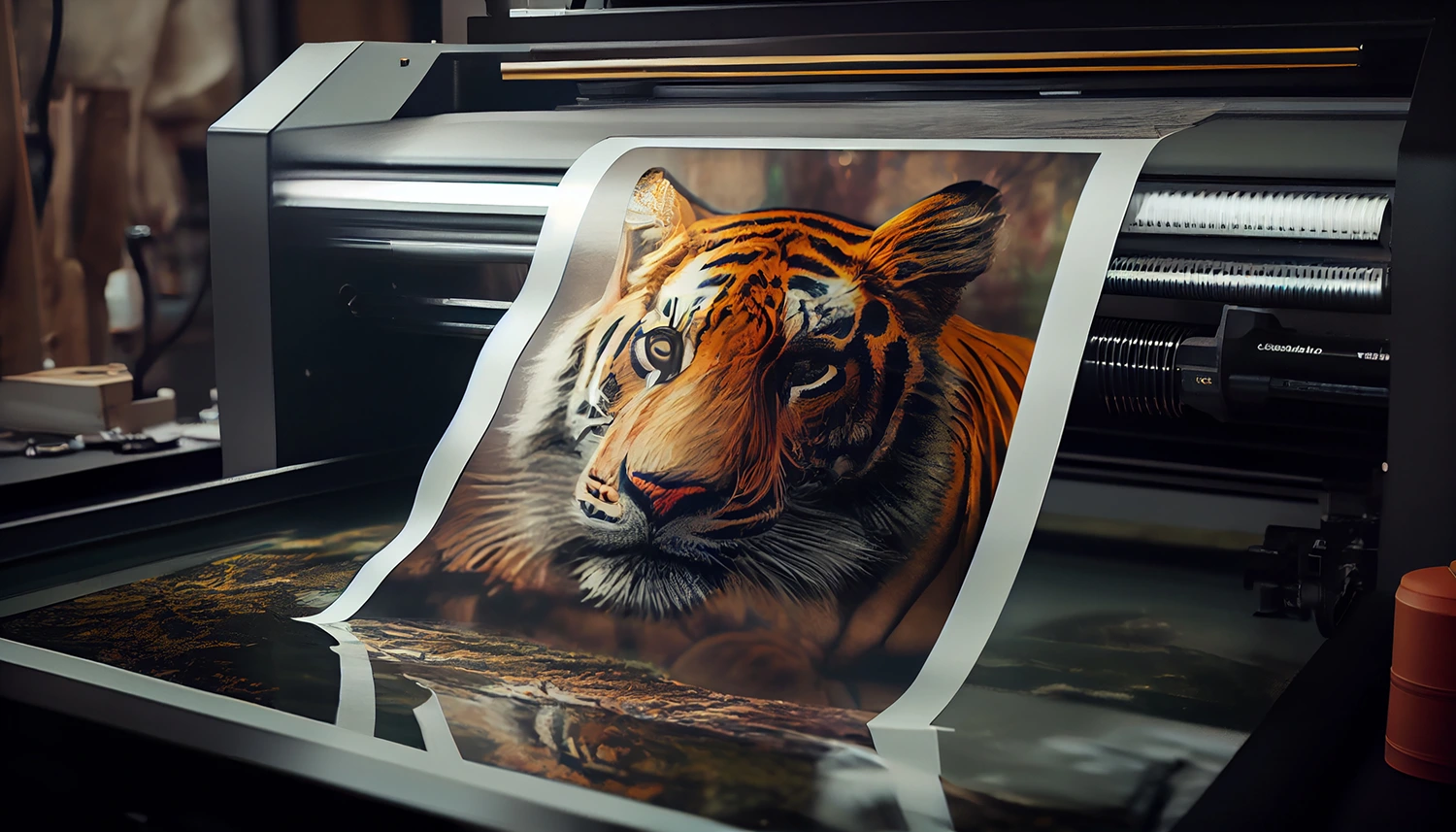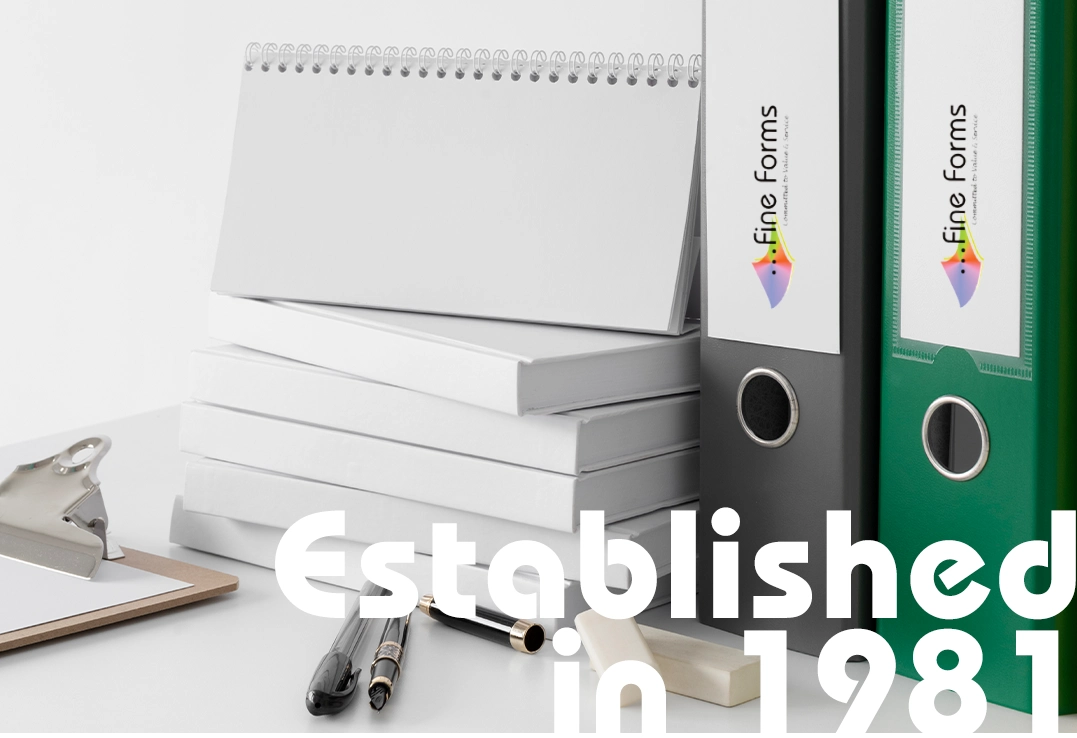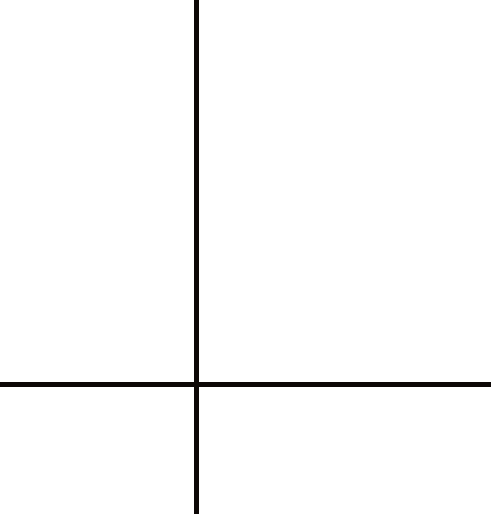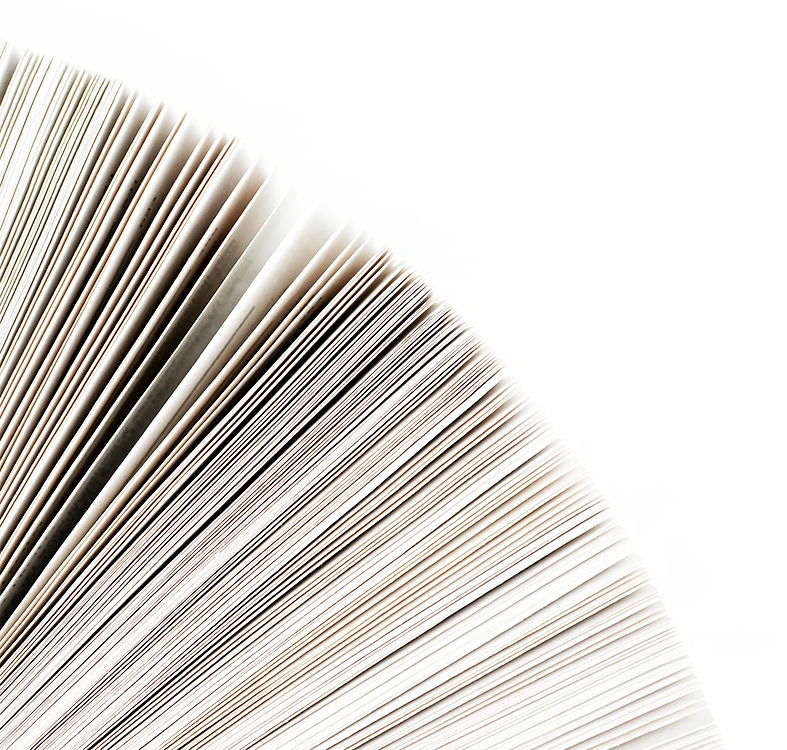Digital printing is a modern printing method that involves printing a digital-based image directly onto a variety of media surfaces. Unlike traditional printing methods such as offset printing, which involves creating printing plates, digital printing eliminates the need for intermediate steps like plates or films. Instead, it relies on digital files to produce the final printed output.
Here are some key aspects of digital printing:
- Digital Files: Digital printing uses electronic files, often in formats such as PDF, JPEG, or other image file types. These files are directly sent to the digital printer, eliminating the need for traditional printing plates.
- Variable Data Printing: Digital printing allows for variable data printing, where each printed piece can be customized with unique information. This is particularly useful in applications like personalized marketing materials or direct mail campaigns.
- Short-Run Printing: Digital printing is well-suited for short-run printing jobs. Unlike offset printing, there is minimal setup required, making it cost-effective for small quantities.
- Quick Turnaround: Because there is no need for plate creation and setup, digital printing offers faster turnaround times compared to traditional printing methods.
- Color Accuracy: Digital printing provides accurate and consistent color reproduction. The use of advanced color management systems helps ensure that the printed output closely matches the intended colors in the digital file.
- Wide Range of Substrates: Digital printing can be done on various substrates, including paper, cardboard, plastic, fabric, and more. This versatility makes it suitable for a diverse range of applications, from business cards and brochures to signage and labels.
- On-Demand Printing: Digital printing enables on-demand printing, meaning that materials can be printed as needed, reducing waste and inventory costs.
There are different types of digital printing technologies, including inkjet and laser printing. Inkjet printers use liquid ink or toner, while laser printers use toner powder. Each technology has its advantages and is suitable for different applications.
Overall, digital printing has become increasingly popular due to its flexibility, cost-effectiveness for short runs, and the ability to produce high-quality, customized prints.
